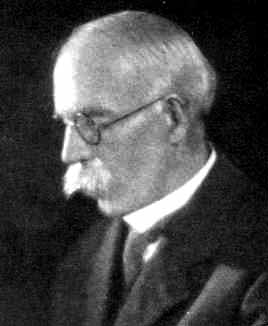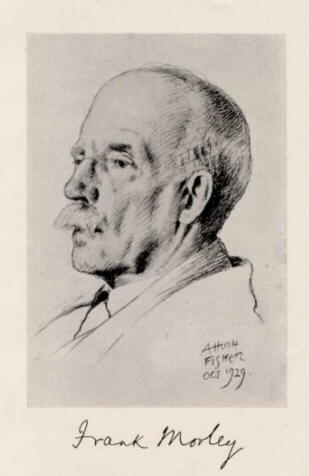<Back to Index>
- Mathematician Frank Morley, 1860
- Composer Josef Stránský, 1872
- Emperor of the Western Roman Empire Flavius Honorius Augustus, 384
PAGE SPONSOR


Frank Morley (September 9, 1860 – October 17, 1937) was a leading mathematician, known mostly for his teaching and research in the fields of algebra and geometry. Among his mathematical accomplishments was the discovery and proof of the celebrated Morley's trisector theorem in elementary plane geometry. He led 50 Ph.D.'s to their degrees, so he was
- ...one of the more striking figures of the relatively small group of men who initiated that development which, within his own lifetime, brought Mathematics in America from a minor position to its present place in the sun."
Morley was born in the town of Woodbridge in Suffolk, England. His parents were Elizabeth Muskett and Joseph Roberts Morley, Quakers who ran a china shop. After being educated at Woodbridge School, Morley went on to King's College, Cambridge (B.A., 1884). He moved to Pennsylvania in 1887. He taught at Haverford College until 1900, when he became chairman of the mathematics department at Johns Hopkins University. His publications include Elementary Treatise on the Theory of Functions (1893), with James Harkness; and Introduction to the Theory of Analytic Functions (1898). He was President of the American Mathematical Society from 1919 to 1920 and was the editor of the American Journal of Mathematics from 1900 to 1921. In 1933 he and his son Frank Vigor published the "stimulating volume" Inversive Geometry.
He was a strong chess player and once beat fellow mathematician and then world champion Emmanuel Lasker in a game of chess.
He died in Baltimore, Maryland.
His sons are novelist Christopher Morley, Pulitzer Prize winner Felix Morley, and another mathematician Frank Vigor Morley.
